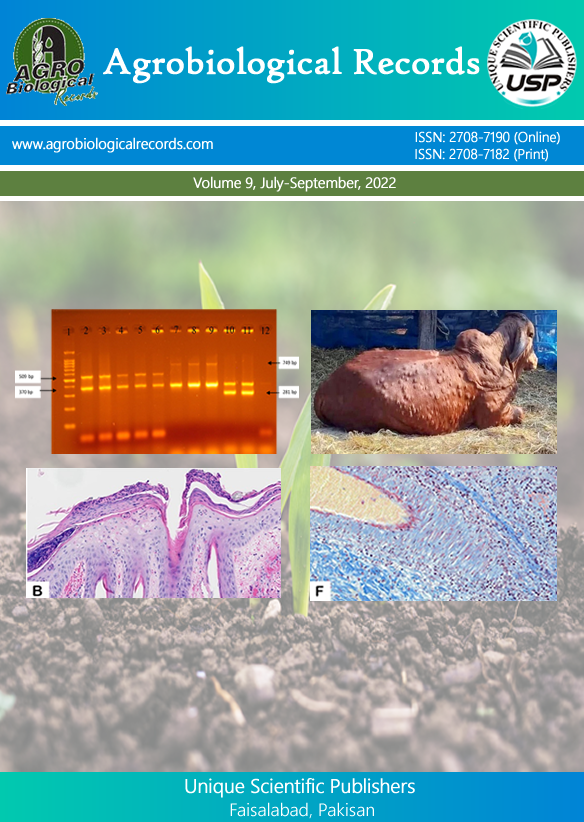
Ahmad Muneeb Anwar1* Amina Shahbaz1, Aqsa Iqbal2, Zahida Parveen2, Muhammad Arslan Zafar3* and Tahreem Ahmed4*
1Department of Agronomy, University of Agriculture, Faisalabad, Pakistan 2Department of Botany, University of Agriculture, Faisalabad, Pakistan 3Department of Botany, Government College University, Faisalabad, Faisalabad, Pakistan 4School of Biochemistry & Biotechnology, University of the Punjab, Lahore, Pakistan
*Corresponding author: arsalmalik2121@gmail.com; tahreemahmed48@gmail.com
The nitrification inhibitors are very important in plant nutrition because they prevent the losses and volatilization of nitrogen fertilizers from the soil surface. In this study, the coated nitrogen fertilizers with Dicyandiamide and 4-amino-l,2,4-triazole inhibitors were used and the results from these coated fertilizers was compared with their respective control treatments (without coating). Two wheat varieties Ujala16 and NA1530 was evaluated. The field experiment was arranged in randomized complete block design under split plot arrangement with three replications. Nitrogen treatments which are urea, urea+4-amino-l,2,4-triazole (ATC) inhibitors and urea+ Dicyandiamide (DCD) inhibitor as sub factor and varieties (Ujala16 and NA1530) were maintained as main factor. A control without urea application and a positive control of urea application without coating were maintained for comparison. Data were collected for different agronomic and biochemical related parameters. The data collected was analyzed by Fisher’s analysis of variance technique to determine the variability among the data and mean values of treatments were compared by using least significant difference (LSD) test at 5% probability level. The results showed that nitrification inhibitors had increasing impact on different physiological and biochemical parameters related N treatments including (chl a, chl b, carotenoids, and catalase activity) as well as positive impact on total soluble protein. NI also contributes positively by increasing different yield and yield contributing parameters including (number of tiller per plant, grain weight per spike, 1000 grain weight, plant height, grain yield and harvest index). There is also increasing impact related to varieties with the application of NI on different biochemical parameters including (chl b, chl a+b, carotenoids, proteins, Pod and catalase activity). Different yield and yield components also enhance positively in varieties which are, (number of grains/spike, total plant height, grain yield and biological yield). Hence NI play a positive role in increasing different physiological and biochemical parameters as well as yield and yield components and ultimately wheat yield also increase.